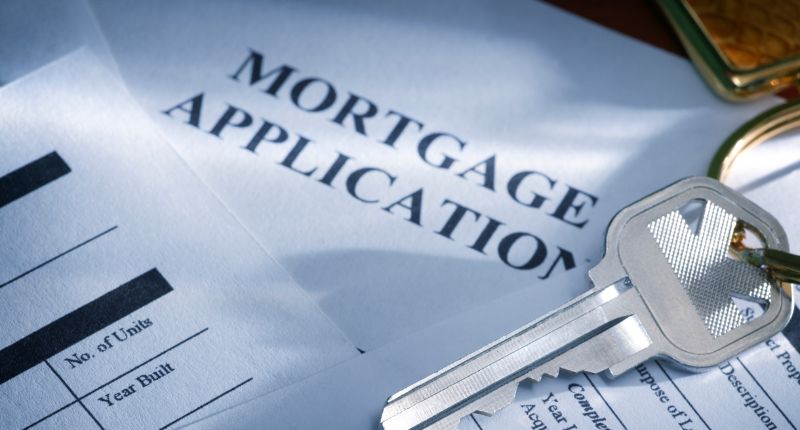- Fixed terms for five years and less tend to be fairly priced
- The rates may be cheaper, depending on who you borrow with, and other factors
- Experts said some borrowers split their loans, which gives them flexibility to make extra repayments and an offset account
At first glance, a three year fixed rate home loan may appear to be a middle ground between the higher rates of a five year loan and the cheaper rates of a two year loan.
Research collated by Bard found the average interest rates across various sources appeared to follow that trend.
| Term | Average Interest Rate |
|---|---|
| 2 year fixed | 6.30% |
| 3 year fixed | 6.50% |
| 5 year fixed | 6.70% |
| Variable | 6.90% |
Generated by Bard.
That is not always the case, particularly when you consider details such as whether the lender is a major bank, non-bank, or smaller bank.
Canstar provided a lender rate comparison to The Property Tribune which found the three year rate was cheaper than the two year rate for a non-bank, and substantially lower for major banks.
Lender rate comparison
|
Average Rates/ Repayments ($500k, 80%LVR, P&I, 30 years) |
Bank (Majors excl.) | Non-Bank | Major Bank | |||
| Avg. Interest Rate | Monthly Repayments | Avg. Interest Rate | Monthly Repayments | Avg. Interest Rate |
Monthly Repayments |
|
|
Variable |
5.71% | $2,906 | 5.67% | $2,892 | 5.99% | $2,995 |
| 2 Year Fixed | 5.80% | $2,933 | 5.80% | $2,933 | 6.03% |
$3,007 |
|
3 Year Fixed |
5.82% | $2,941 | 5.77% | $2,924 | 5.79% | $2,931 |
| 5 Year Fixed | 6.24% | $3,076 | 6.03% | $3,006 | 6.53% |
$3,169 |
| Source: Canstar – 25/05/2023. Based on the average owner-occupier rate on Canstar’s database, available for a $500k, 80%LVR, principal & interest loan; excluding introductory and special condition loans. Average calculated from the lowest rate available from each provider. Monthly repayments assume a loan term of 30 Years. | ||||||
While it may be tempting to consider what the perfect fixed term is, experts say there’s no right answer.
“Historically, in Australia, 1 – 5 year fixed rates tend to be priced fairly whereas over 5 years fixed rates are usually priced much higher,” Home Loan Experts‘ Otto Dargan told The Property Tribune.
“People tend to try to estimate the future of rates and what will change in their life and then fix for a certain period based on that. Naturally, you can’t always get it right.”
Certainty is one common reason that drives people towards a fixed rate, however, Mozo‘s banking and interest rates expert said, “If rates start going down again an option that looks reasonable now could seem expensive in a few years.”
“Predicting the direction of interest rates over even 2 or 3 years can be hard to get right, so splitting your loan to part fixed and part variable can give you the best of both worlds, with limited exposure to rate fluctuations but some benefit if variable rates do fall.”
Dargan said people typically have a small variable portion which enables them to have some flexibility to make extra repayments and an offset account.
“Having an offset account attached to your home loan can also be a way for borrowers to reduce interest as the balance is then offset against the amount owing on the home loan,” said Marshall.
“Most home loans also come with the ability to make extra repayments for free so if you are in the position to be able to afford it, this is also a way to reduce costs of your home loan over the long term,” added Marshall.
~~
Before making any financial decisions, please do your own independent research, taking into account your own situation. This article provides factual information only and is not intended to imply a recommendation or opinion about a financial or credit product. See our Terms of Use.








